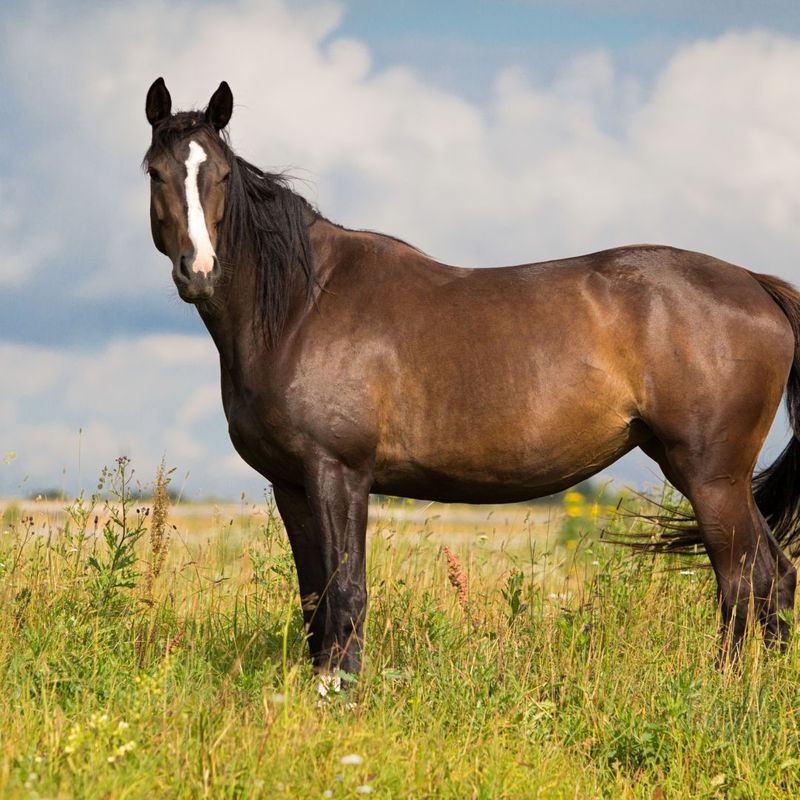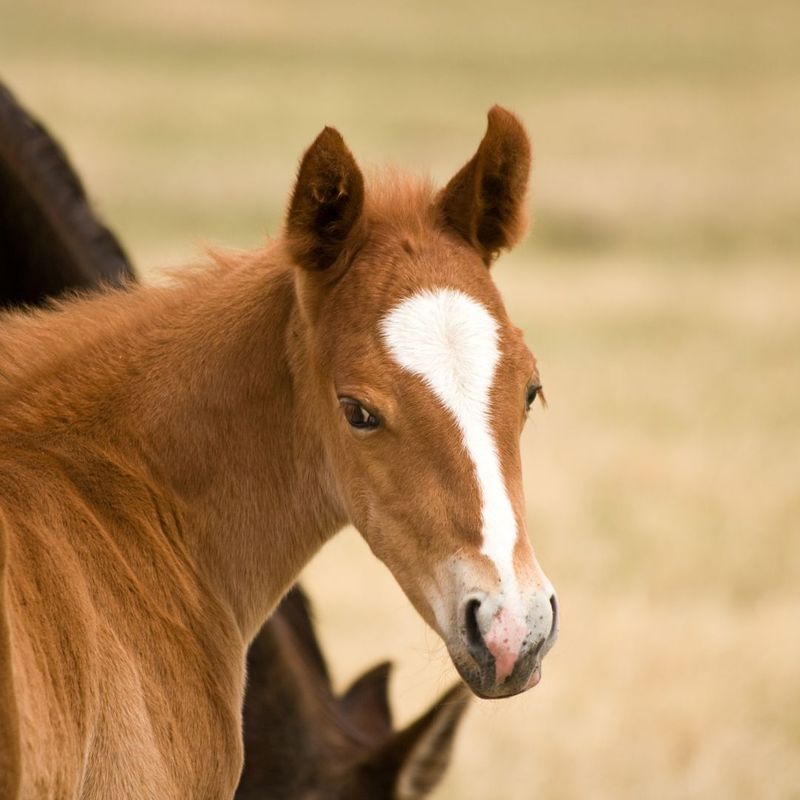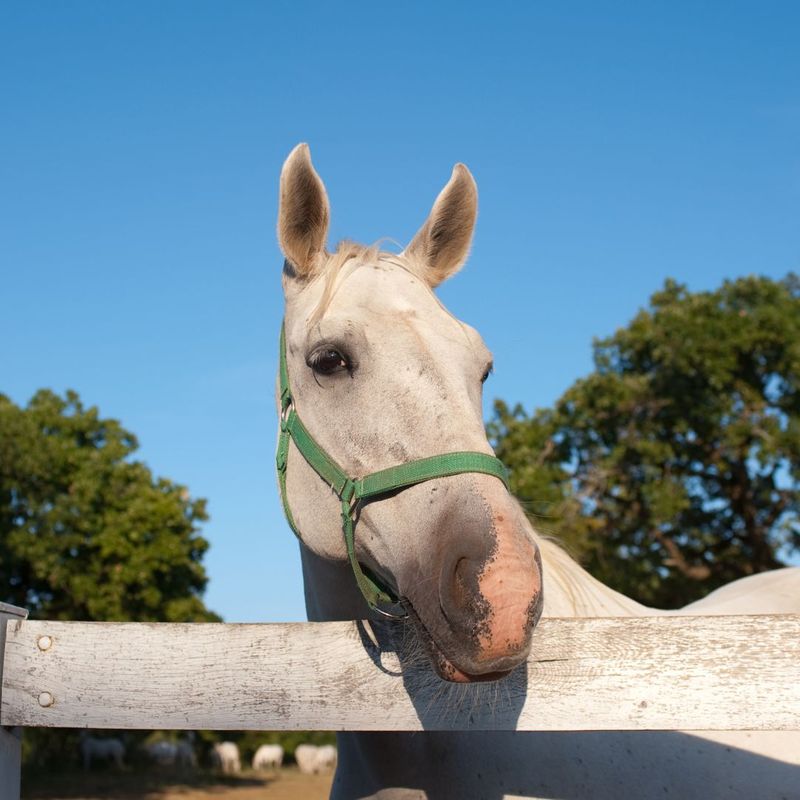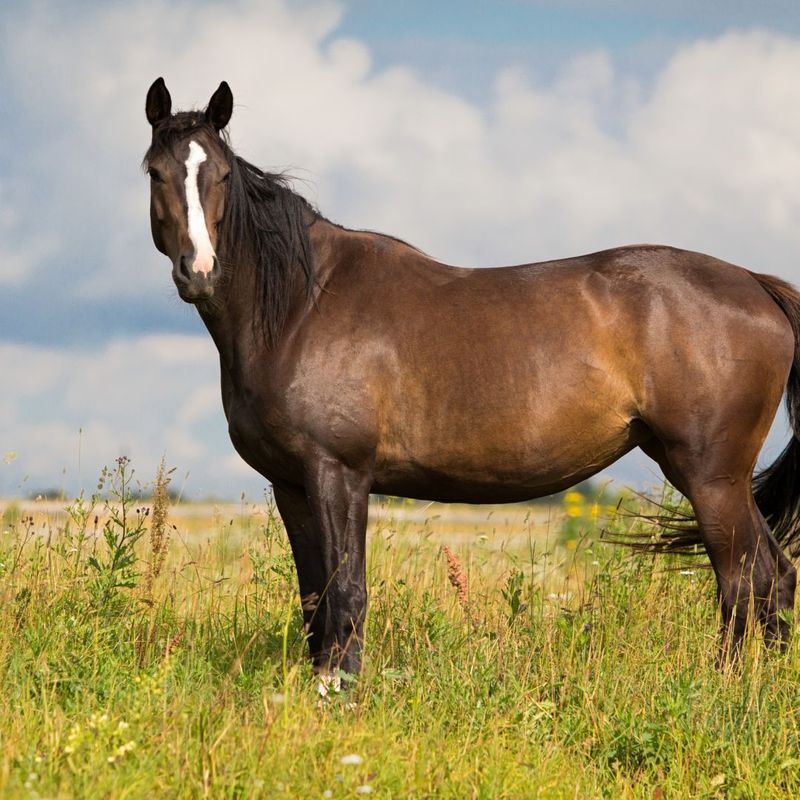Winter can be an extremely challenging time for horse owners, especially when it comes to managing mud and rain. The combination of wet weather conditions and heavy hoof traffic can turn pastures into muddy messes, posing potential risks to the health and well-being of our equine friends. Explore some practical strategies and diligent management techniques with Carter Veterinary Services that may minimize the impact of mud and rain on your horses during the winter months.
Managing Mud and Rain: Practical Strategies for Winter Horse Keeping
Managing Mud and Rain: Practical Strategies for Winter Horse Keeping
Managing mud and rain during the harsh winter season requires proactive planning and diligent implementation of practical strategies. By addressing proper drainage and landscaping techniques, providing strategic shelter and bedding, implementing rotational grazing and regular paddock maintenance, and ensuring a balanced diet with strategic supplementation, horse owners can significantly minimize the negative impact of mud and rain on their equine companions.
Remember, a dry and healthy living environment is essential for their overall well-being, ensuring they thrive even in the wettest weather conditions. To learn more strategies for winter horse keeping, contact your local equine vet in Hardeeville, South Carolina, Cater Veterinary Services.




